One of the most wonderful things about living in the modern age is the advances we have, as humans, made when it comes to shooting animals. Shooting birds, in particular, is now easier than ever before and has become much more accessible as a hobby.
No longer is bird shooting relegated to the upper class. Today, you don’t have to be rich nobility to enjoy a hobby that is growing in popularity every day.
Of course, I am talking about bird photography here (I figured I better clear that up as soon as possible in case someone calls the RSPCA!).
Bird photography is, in fact, the complete opposite of bird hunting. It’s a wonderful hobby for those who respect the beauty and glory of birds in their natural habitat. It’s an extraordinary way to capture the essence of all that we envy in the bird world – flight and freedom.
If you love to watch birds in the wild and are keen to capture them and bring them home with you, this article is for you. If you’re into hunting, this article is not for you. You’ll have to keep Googling, I’m afraid.
To again address what I was saying above, however, it really is more affordable than ever before to capture extraordinary photographs of birds that you can present pride of place on your wall at home (it’s got to beat taxidermy!).
Camera technology – even that available on portable smartphones – enables us to achieve pretty good photographic results when we find a bird in our backyard, park, forest, creek or beachside.
Here are some examples of what’s possible:
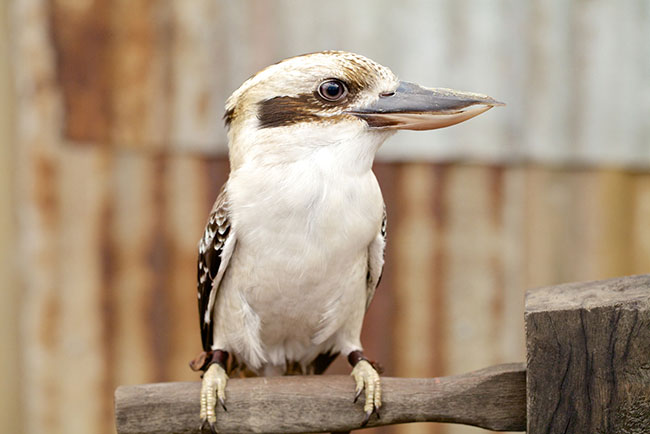
Kookaburra
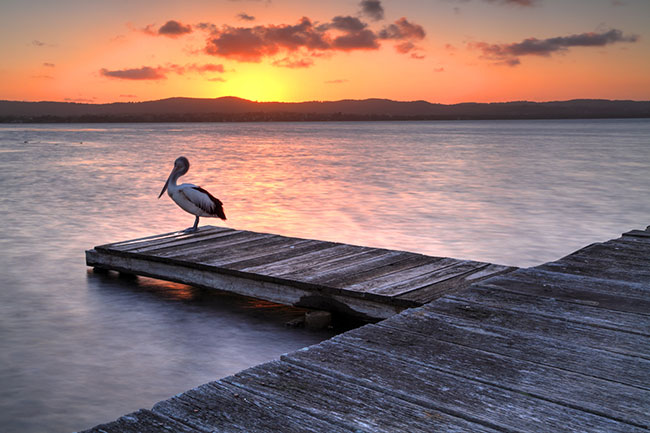
Pelican
Capturing the Kookaburra above with a point and shoot camera relies on a bird being tame – like this Kookaburra sitting on a backyard perch. However, to get this close, a pre-existing relationship with a bird would have to exist. This is easy to achieve with pet or caged birds, but harder with wild birds.
If you’re not into feeding or taming wild birds in your backyard, it can be difficult to get close. That doesn’t meant to say capturing the beauty of a bird isn’t possible.
A photo of a pelican by the water at sunset is possible by putting some distance between you and the bird and relying on mother nature (otherwise known as sunset) to provide the ambient light you need to create mood and give attention to the bird by framing it as the solitary subject. Just beautiful.
What is harder to achieve is the following:
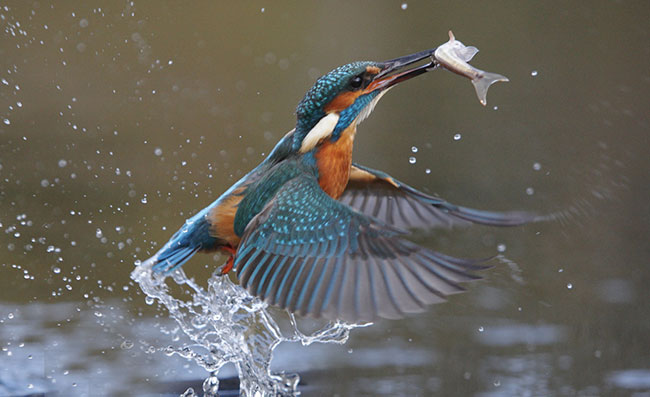
Kingfisher
Interestingly, a trait that photographers and bird watchers both share is their patience. Putting aside the need for the right, quality equipment for a moment, patience is key to achieving greatness in the world of bird photography.
In the same way that bird watchers yearn for the equipment that professional photographers possess, many professional photographers yearn for the patience that bird watchers possess.
While the equipment needed to achieve a colourful close up of a Kingfisher catching a fish or a majestic landscape of a Wedge-tailed Eagle perched on a rock may not be in the realm of possibility for average Joe (or Josephine) hobby photographer, there are some fundamental pieces of equipment that are needed to get started. If you’re ready to invest in more than an iPhone or Samsung, this includes:
- Digital SLR camera (if you’re on a budget, spend less on the camera and put money aside for a quality lens).
- Zoom lens (at least 400mm and at least f/5.6).
- Computer (one with a fast processing speed – you can always get external hard drive space later).
- Adobe Photoshop (now available on the cloud for a monthly fee. Be sure to shoot in Raw).
- Printer (photo optimised inkjet desktop printer, photo paper and online access to canvas printing).
In no time, you’ll be able to zoom right in to your feathered subjects and shoot them with ease. You may even be able to capture, mount and create an art gallery featuring the following treasures of Australia:
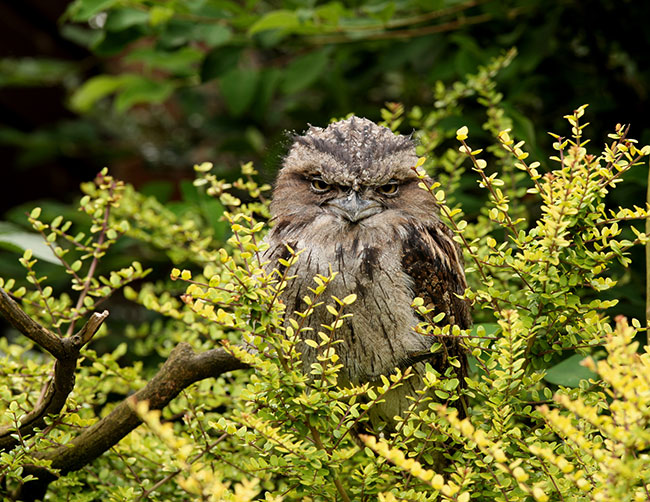
Tawny Frogmouth
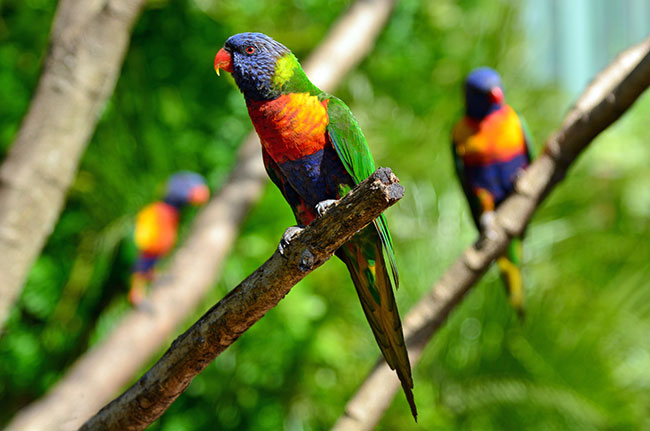
Rainbow Lorikeet
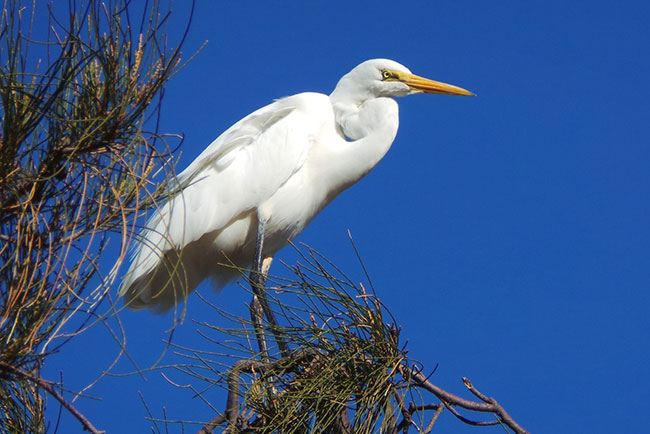
Eastern Great Egret
Now the only challenge left is to find a Tawny Frogmouth that’s out during the day! Happy shooting!

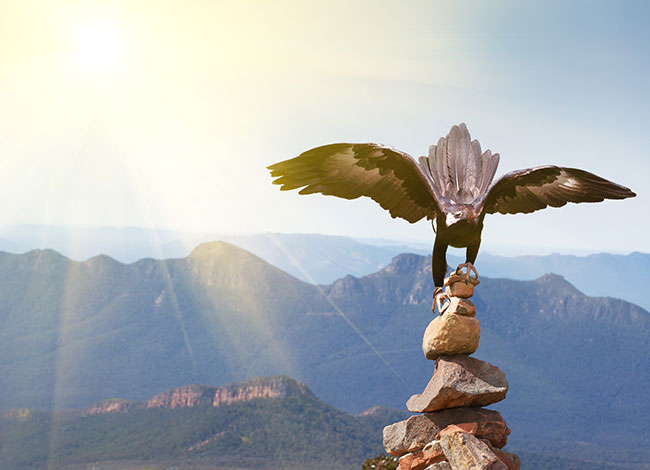

Leave a Reply